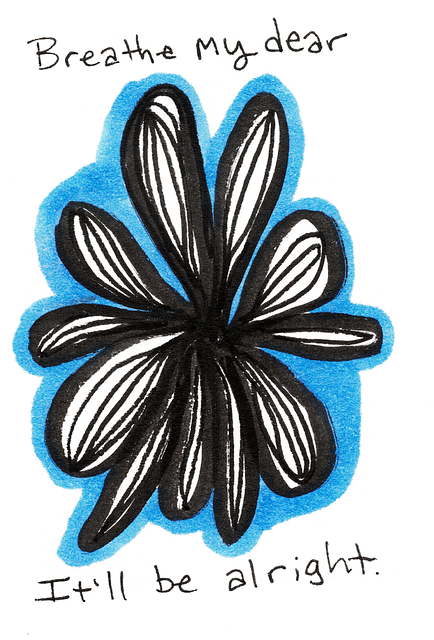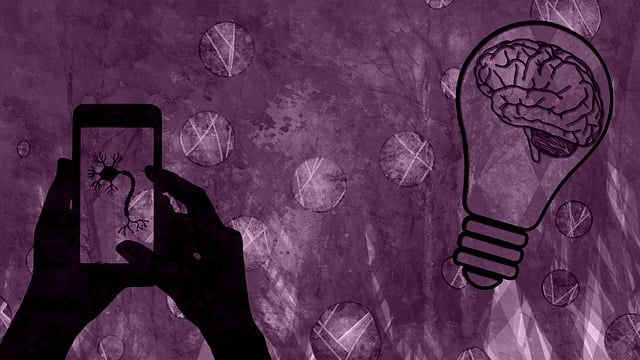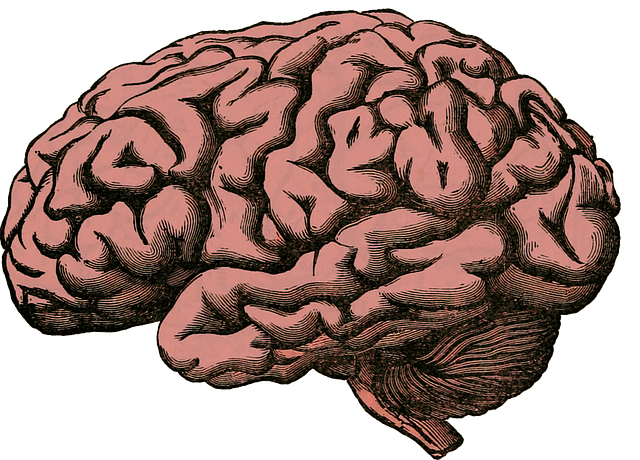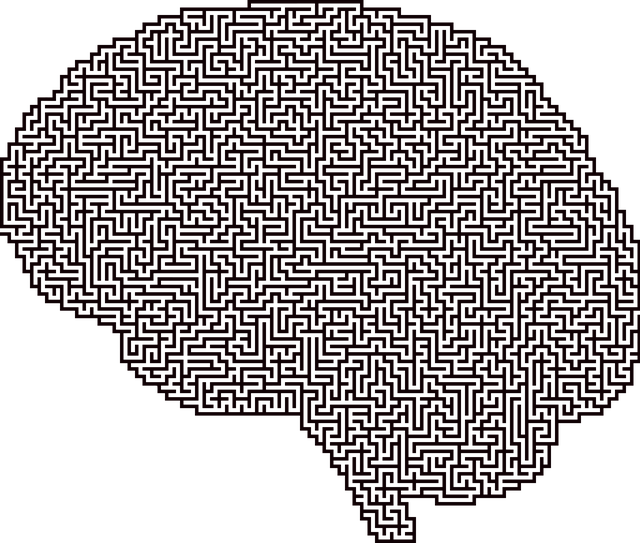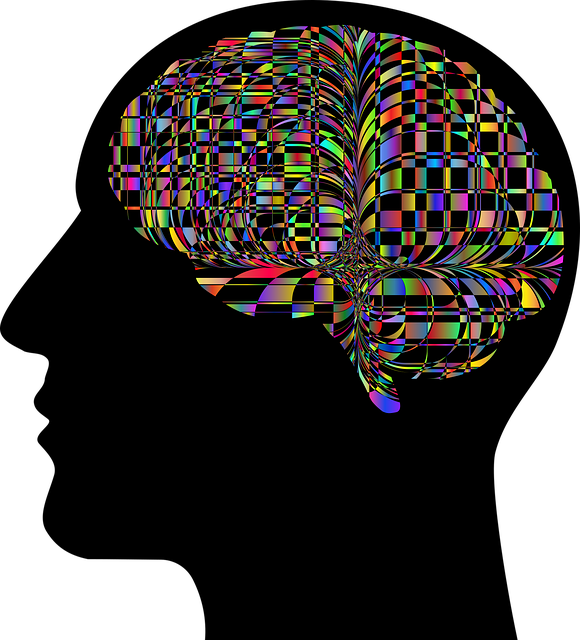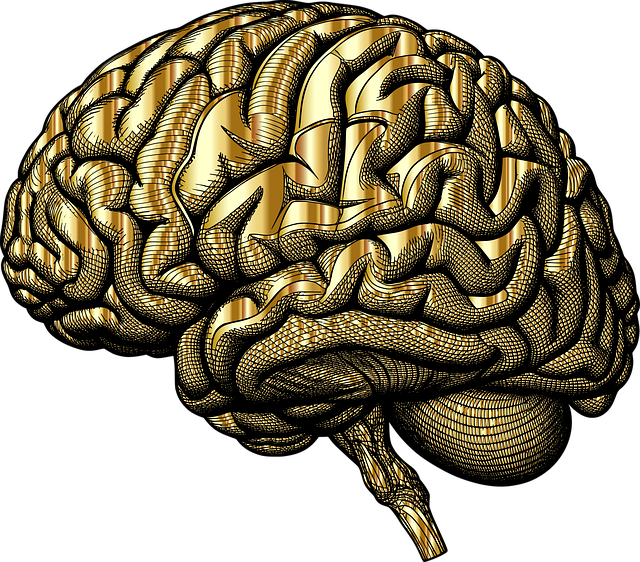Attention-Deficit/Hyperactivity Disorder (ADD-ADHD) is a neurodevelopmental condition affecting focus, impulse control, and hyperactivity due to complex brain chemistry. Recognizing symptoms is key to providing effective therapy, including behavioral therapies and medication management. Public awareness campaigns play a crucial role in educating communities, breaking down stigma, and encouraging individuals with ADD-ADHD to seek help. These campaigns must be tailored to diverse audiences, emphasizing early intervention for parents and normalizing mental health conversations for adolescents. Measuring campaign success through metrics and community feedback is essential for continuous improvement and better serving communities, including those in need of therapy for ADD-ADHD.
Public awareness campaigns play a pivotal role in shaping societal understanding of mental health conditions, particularly Attention Deficit Disorder (ADD) and Attention Deficit Hyperactivity Disorder (ADHD). This article delves into the development of such campaigns, focusing on educating the public about ADD-ADHD while debunking myths. We explore evidence-based strategies for designing communication that resonates with diverse audiences and highlight metrics for assessing campaign success. By leveraging therapy for ADD-ADHD awareness, we aim to foster a more informed and supportive global community.
- Understanding ADD-ADHD: Unveiling the Condition and Its Impact
- The Role of Public Awareness Campaigns in Education and Debunking Myths
- Designing Effective Communication Strategies for Diverse Audiences
- Measuring Success and Fostering Continuous Improvement
Understanding ADD-ADHD: Unveiling the Condition and Its Impact

ADD-ADHD, or Attention-Deficit/Hyperactivity Disorder, is a neurodevelopmental condition that affects individuals’ ability to focus, control impulses, and manage hyperactivity. It’s crucial to understand that this isn’t merely a lack of concentration; it’s a complex interplay of brain chemistry and neural pathways. Recognizing the symptoms and impacts of ADD-ADHD is the first step towards providing appropriate therapy for ADD-ADHD. This can range from behavioral therapies, such as cognitive-behavioral therapy (CBT), to medication management aimed at balancing neurotransmitters like dopamine and norepinephrine.
While challenges are significant, raising awareness about ADD-ADHD offers a path to improved understanding and support. Crisis intervention guidance plays a vital role in managing acute situations, while mood management strategies and fostering positive thinking can significantly enhance the daily lives of those affected. By integrating these approaches, individuals with ADD-ADHD can lead fulfilling lives, showcasing resilience and achieving their full potential.
The Role of Public Awareness Campaigns in Education and Debunking Myths

Public awareness campaigns play a pivotal role in educating communities about various issues, including mental health and specific disorders such as ADD-ADHD. Through compelling narratives and accessible information, these campaigns break down complex topics into understandable concepts, fostering empathy and reducing stigma. By highlighting the realities of individuals navigating these challenges, they encourage understanding and support, which is crucial for anyone seeking therapy for ADD-ADHD.
One of the significant impacts of such initiatives is their ability to debunk myths and misconceptions surrounding mental health. Many myths perpetuate harmful stereotypes, discouraging people from seeking help for themselves or their loved ones. Public awareness campaigns, through evidence-based information, offer a counterbalance, promoting accurate perceptions of mental health conditions like ADD-ADHD. This, in turn, facilitates open conversations about emotional healing processes, inner strength development, and burnout prevention, ultimately leading to more effective support systems and better outcomes for those dealing with these challenges.
Designing Effective Communication Strategies for Diverse Audiences

Creating impactful public awareness campaigns requires understanding that every audience is unique and may have distinct communication needs. When it comes to promoting therapy for ADD-ADHD, tailoring messages becomes even more critical. Different demographics, ages, and cultural backgrounds can significantly influence how information is received and acted upon. For instance, strategies aimed at parents might focus on explaining the benefits of early intervention while ensuring the language used is accessible and non-stigmatizing. On the other hand, campaigns targeting adolescents could emphasize peer support and normalizing experiences to foster open conversations about mental health.
To ensure effectiveness, diverse audience segments demand diverse approaches. Incorporating evidence-based practices like compassion cultivation can be a game-changer. By encouraging empathy and understanding within communities, these campaigns build a supportive network that goes beyond simply disseminating information. Additionally, addressing burnout prevention and mood management in targeted messaging can empower individuals to seek help early on. This holistic approach not only raises awareness but also fosters a sense of belonging and encourages the adoption of healthy coping mechanisms.
Measuring Success and Fostering Continuous Improvement

Measuring the success of public awareness campaigns is a critical step in understanding their impact and effectiveness. When it comes to raising awareness about mental health issues like Attention-Deficit/Hyperactivity Disorder (ADD-ADHD), evaluating the campaign’s reach and engagement becomes even more crucial. Simple metrics such as the number of participants, website visits, or social media interactions can provide initial insights. However, a comprehensive assessment should also consider qualitative data, including feedback from the community and individuals who benefited from the initiative.
Fostering continuous improvement requires learning from both successful and challenging aspects of campaign implementation. By analyzing these findings, organizations can refine their strategies and tailor future initiatives to better serve affected communities. Incorporating methods like conflict resolution techniques within community outreach programs can enhance emotional healing processes and ensure that awareness campaigns remain responsive to the evolving needs of those they aim to support.
Public awareness campaigns play a pivotal role in shaping societal understanding of complex conditions like ADD-ADHD. By educating diverse audiences, these campaigns dispel myths and promote empathy, paving the way for improved access to therapy for ADD-ADHD. Through strategic communication, continuous evaluation, and adaptive improvements, we can ensure that these initiatives resonate with everyone affected by this condition, ultimately fostering a more inclusive and supportive environment.

